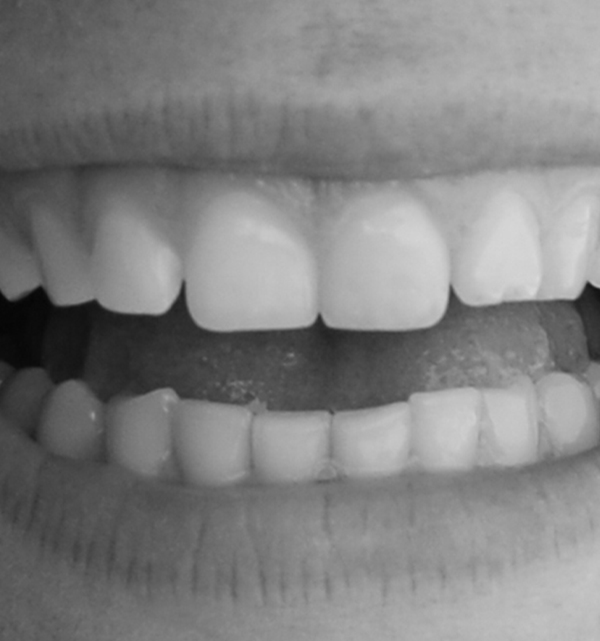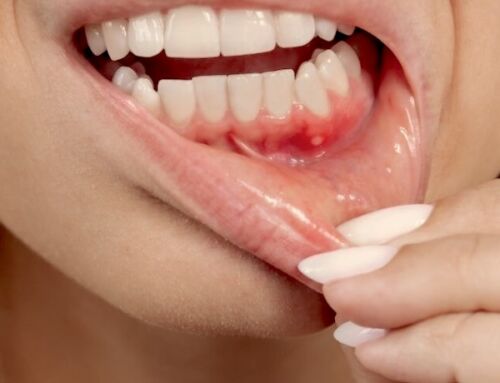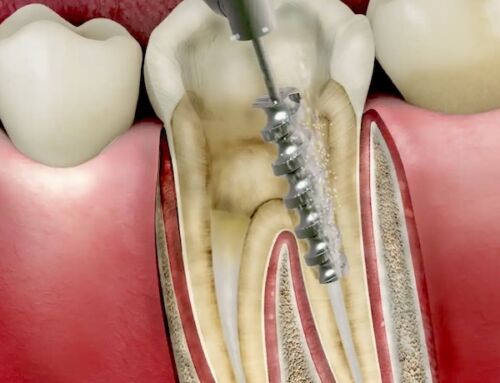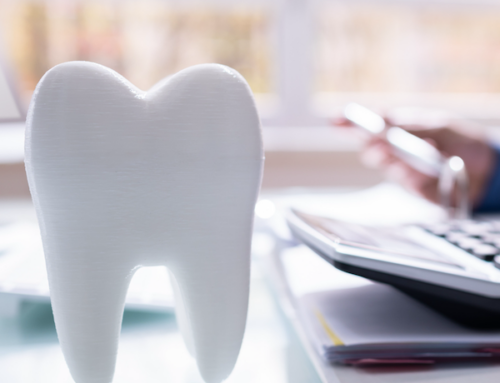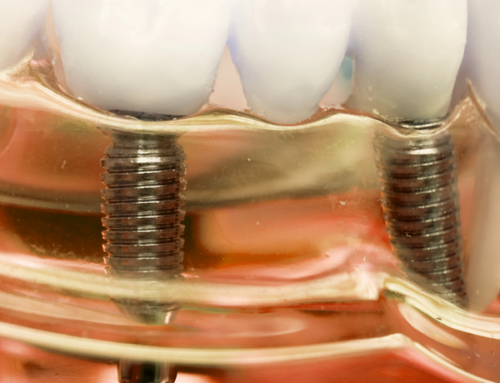The colour of healthy gums should be in a relatively consistent shade of light pink. They are of a lighter pink shade around the teeth and darker around the sides of the mouth. If your gums are paler than normal, it can be a warning sign or symptom of a dental disease or an underlying medical condition.
Pale gums are one of the most common signs of anemia, often resulting from nutritional deficiency. Without proper intervention, anemia can have long-term complications affecting your daily life.
Anemia is not the only concern of people with pale gums. Other conditions that may cause pale gums are leukoplakia, smoking, or poor dietary choices. Read on to learn more about these causes and when to see your doctor for treatment.
Common Causes of Pale Gums
If you have pale gums, among the most common causes why are:
Anemia
Anemia occurs when there is not enough red blood cells in the body or if the red blood cells do not work as they should. Red blood cells are responsible for carrying oxygen around the body. If this is affected, the cells of the body will not receive enough energy to function well. Anemia can be life-threatening if it is left untreated.
Anemia can affect patients of all ages and can cause several problems. If there is a severely low count of red blood cells, a blood transfusion is necessary to improve body functions.
Aside from pale gums, anemia can also cause growth development problems for infants and children. It can also increase the risk of heart conditions, confusion, and even depression. Early detection and intervention are vital to prevent serious consequences.
Poor Circulation
An interference in the delivery system of your blood causes poor circulation. This occurs when there is a problem or blockage with the heart, veins, arteries, capillaries, and other blood vessels responsible for circulating blood throughout your body.
If something goes wrong with any part of the circulatory system, the blood will not reach areas of the body, including your mouth. Eventually, this can cause paleness of the gums.
Generally, patients who are older than 40, overweight, have diabetes, and don’t get enough exercise are more likely to have poor circulation.
Infection or Inflammation
Gingivitis is an infection of the gums. It is commonly due to poor dental hygiene that causes plaque and bacteria to accumulate and irritate the gums. Severe gingivitis can cause abscesses to form on the gums. This will eventually cause the gums to turn white and pull away from the teeth.
Canker sores or mouth ulcers are also inflammation of the gums that is likely due to trauma. This can be very painful and can make speaking and eating difficult. The affected area is typically round or oval with a white center.
Blood Disorders (Leukemia, Thrombocytopenia)
Anemia is not the only blood disorder that may cause light-coloured gums. Leukemia is a cancer of the blood that prevents normal blood cell production. Meanwhile, thrombocytopenia is a condition in which there is a low platelet count.
Platelets are responsible for clotting the blood and stopping bleeding. With low platelets, bleeding problems will occur. In turn, this can also affect the colour of the gums.
Lifestyle Factors and Pale Gums
Aside from medical and dental conditions, pale gums may also be associated with lifestyle habits such as:
Smoking and Tobacco Use
One of the main side effects of smoking is the reduction of gingival blood flow. Because of this, the gums may appear more pale and less inflamed than they are. The gums may also turn white and necrotic with chronic smoking.
Smoking is also a risk factor for leukoplakia which leads to irritation inside the mouth. Eventually, white patches will form on the gum tissues. These patches cannot be rubbed or scrubbed off. Without proper intervention, they may transform and become cancerous.
Nutrition and Diet
The gums may also be affected if certain dietary requirements are not met. Iron deficiency is the most common dietary concern that may cause pale gums. Aside from iron, folate and Vitamin B-12 can also contribute to white gum tissues.
Dehydration
Poor intake of fluids may also cause pale gums. When the body does not receive enough water, the entire body may be affected. Among the initial signs of dehydration are dizziness and dry mouth, lips, and eyes. Dryness of the mouth will also affect the gums, making them turn into a lighter hue.
Treatment for Pale Gums
The recommended treatment for pale gums largely depends on the cause.
If there is a smoking problem or nutritional deficiency, it is recommended to make a lifestyle shift and take the necessary supplements to improve overall health.
But if the cause of pale gums is an underlying disease causing low red blood cell count, urgent treatment and medication are needed to boost the numbers and enhance blood and oxygen circulation. The same way goes for other conditions where a physician’s assessment can help improve the appearance of the gums.
Lastly, if pale gums is due to gingivitis and poor oral hygiene, changes must be made to the hygiene routine. Consistent and proper toothbrushing and flossing should be done to prevent plaque and bacteria accumulation.
When To See Your Dentist
Pale gums can be caused by something simple and easily reversible like trauma from foreign debris in the mouth or a symptom of a more serious condition such as anemia or even mouth cancer. So when it comes to pale gums, the general rule is to see your dentist as soon as it occurs.
The earlier the problem and cause are identified, the earlier the treatment. This helps with preventing complications down the line and improves the overall outlook for your oral health.
If you have gums that look paler or whiter than usual, our team of expert dentists can help you figure out why and provide you with a suitable treatment or physician recommendation to resolve it. Call us today to schedule your appointment!

